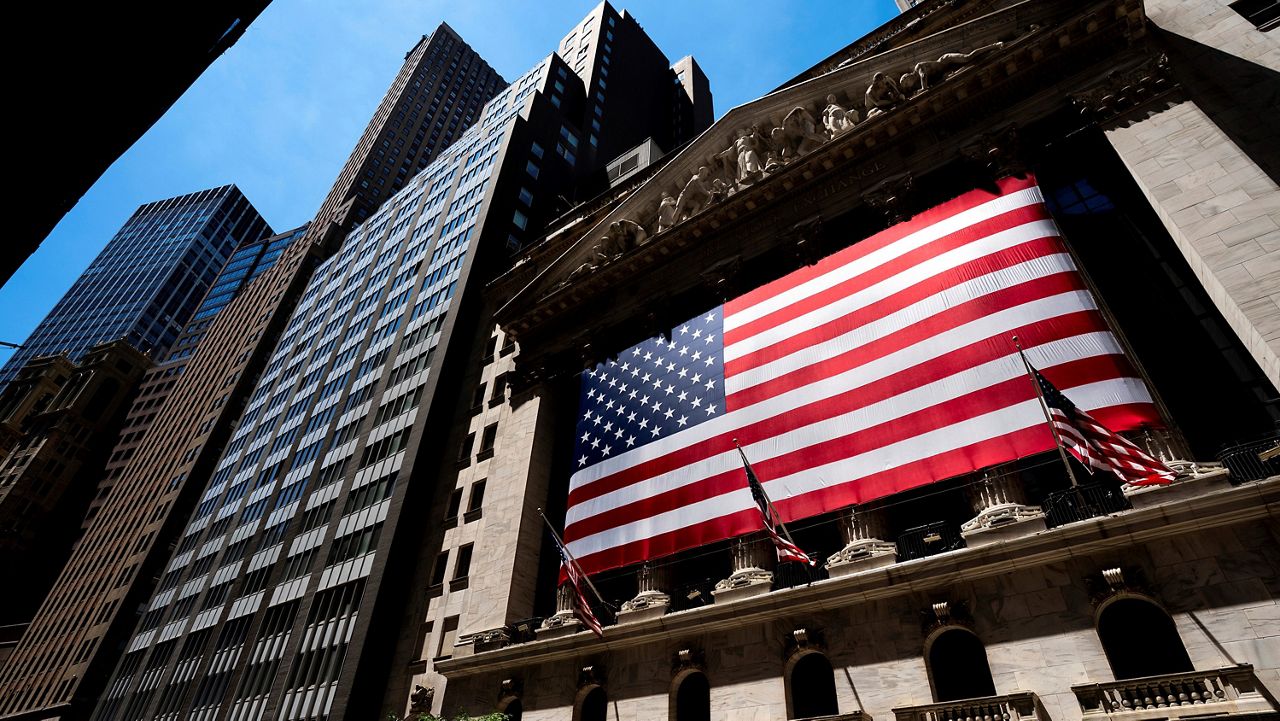LOS ANGELES — Despite increasing interest rates and inflation continuing to run at a 40-year high, California isn’t likely to enter a recession next year, according to UCLA Anderson Forecast Director Jerry Nickelsburg.
What You Need To Know
- Unlike the tech meltdown in 2001, when layoffs were concentrated among information technology jobs in the Bay Area, this year’s tech purging has had little effect on the California economy
- Housing construction is an area where California is outpacing the rest of the country
- Defense spending is also helping the California economy
- UCLA Anderson Forecast Director Jerry Nickelsburg projected employment growth of 1.1% in 2023 and 1.2% in 2024 for California if the state does not go into recession and employment growth of .5% in 2023 and 1.3% in 2024 if it does
Buoyed by investments in the tech, construction and defense sectors, the state’s economy is poised to slow less than the U.S. overall and could skirt a significant downturn.
“The outlook for California going forward is not bad at all,” Nickelsburg said during a web presentation on the Evolution of the New Normal in 2023, presented by California Bank and Trust.
Despite massive layoffs in the tech sector this year, “the vast majority of these layoffs were across the country and abroad,” Nickelsburg said, characterizing the impact on the San Francisco Bay Area as “diffuse.”
Unlike the tech meltdown in 2001, when layoffs were concentrated among information technology jobs in the Bay Area, this year’s tech purging has had little effect on the California economy. Nickelsburg said about a third of the workers who were laid off from Twitter in November have been re-employed by other tech firms.
He credited California’s robust venture capital investments with cushioning the state’s tech sector. The Bay Area received the lion's share of tech investments in 2021 and 2022, ranking first nationally. Southern California was third.
“If you dig a little deeper into this, what you find is this investment has gone into angel and first and second funding of companies, and these are the companies that are hiring,” said Nickelsburg, adding that the investments tech companies received the past two years will carry them through 2023.
“The party isn’t over in Silicon Valley and Southern California when it comes to tech,” he said. “Indeed, firms through the world are trying to find labor-saving technology, and that plays directly to California’s tech sectors.”
Housing construction is another area where California is outpacing the rest of the country. Through the first nine months of 2022, new single- and multi-family housing permits increased in the state, compared with Utah, Tennessee, Colorado and Florida, all of which were negative.
Nickelsburg credited the increase to new laws passed by the California state legislature over the past couple of years that enable new types of housing construction, such as accessory dwelling units, or ADUs, and duplexes.
Even with interest rates hovering around 6.5%, he said, “there’s still a lot of low-hanging fruit, and builders are expanding their construction” not only for housing but non-residential building such as warehouses.
Defense spending is also helping the California economy, he said. The U.S. Department of Defense increased its budget by $33 billion for 2023 — an increase “that disproportionately comes to California in the form of defense durable goods,” Nickelsburg said.
The new $700 million B-21 bomber Northrop Grumman revealed last week will be manufactured in Palmdale, Calif. Commercial space enterprises such as SpaceX launching rockets out of Vandenberg Air Force Base will also be a big driver of the California economy in the coming years.
“And that means California, unlike the last four recessions, will, if we do go into recession, have a very moderate recession if one at all,” he said.
Nickelsburg projected employment growth of 1.1% in 2023 and 1.2% in 2024 for California if the state does not go into recession and employment growth of .5% in 2023 and 1.3% in 2024 if it does.
Of the 11 recessions that have happened in the United States since World War II, only one has a characteristic that a possible future recession might have: the recession of 1981, when the Federal Reserve purposefully nosedived the economy to squeeze out inflation, he said.
Every other recession was characterized by overbuilding houses, military equipment or computers and software, none of which is happening in 2022. “If we do have a recession,” he said, “it will be light.”



